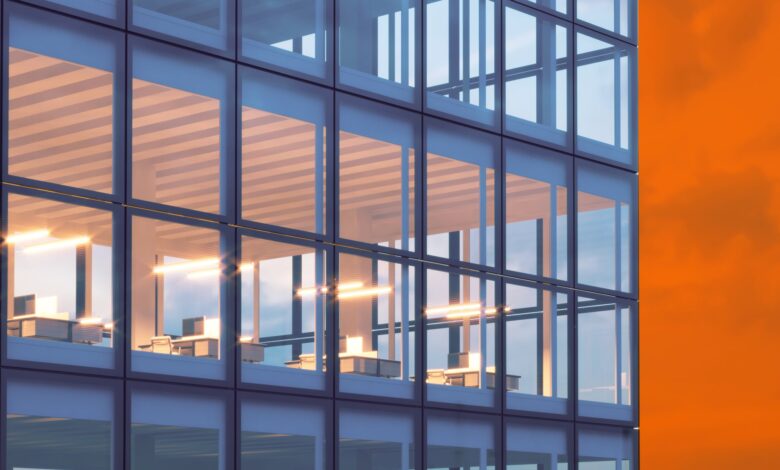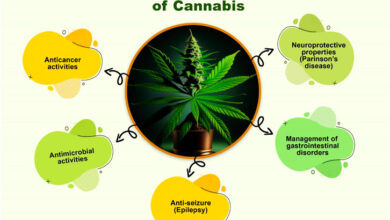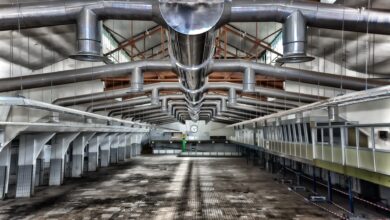5 Ways to Enhance Energy Efficiency in Commercial Buildings

Energy efficiency is more than just a buzzword—it’s a practical approach to reducing costs, conserving resources, and minimizing environmental impact. In commercial buildings, focusing on energy efficiency leads to lower utility bills, improved system performance, and a healthier indoor environment for occupants. It also supports long-term sustainability goals that are increasingly important to businesses and consumers.
Implementing energy-efficient upgrades often involves collaboration with experienced building contractors who understand how to integrate modern technologies with existing infrastructure. From installing LED lighting and energy-smart HVAC systems to improving insulation and window performance, these improvements can make a significant difference. Prioritizing energy efficiency enhances building operations and adds long-term value and appeal to commercial properties.
Smart Lighting Solutions
Lighting is a significant energy source in commercial buildings, accounting for one-third of electricity use. Transitioning to LED lighting can reduce power consumption by up to 75%. Building managers can also use occupancy sensors and dimmable fixtures to optimize energy use. Enhanced lighting control saves energy and improves occupant comfort and productivity. Research shows that well-lit environments lead to increased focus and reduced fatigue. Owners pursuing green building certifications are encouraged to upgrade their lighting infrastructure early. Innovative building technologies offer remote monitoring, automation, and integrations for cost-efficiency and sustainability.
Upgrading HVAC Systems
HVAC systems are essential for building comfort, but can be energy-intensive. Old systems can be 30% less efficient than modern models. Regular maintenance, such as changing filters, inspecting ductwork, and calibrating thermostats, can prevent wasted energy and prolong equipment life. For deeper savings, a comprehensive retrofit may be necessary. High-efficiency models use variable-speed compressors and advanced heat recovery, avoiding costly over-conditioning. Programmable thermostats and building automation systems allow for temperature adjustments based on occupancy, weather, or tenant needs.
Energy-Efficient Windows and Insulation
Windows and insulation are crucial in combating climate-based energy loss in commercial buildings. Inefficient windows and leaky walls can lead to up to 35% energy loss. Modernizing with double- or triple-paned, low-emissivity windows reduces heat transfer and UV rays, while contemporary insulation materials maintain consistent temperatures and reduce HVAC cycles. Municipalities and utilities often provide incentives for these improvements. Before investing, consider a professional energy audit to identify areas of energy loss and maximize your return on investment (ROI). Each improvement brings commercial spaces closer to modern efficiency standards while ensuring comfort and maintaining value.
Power Management Strategies
Energy management is crucial for commercial buildings, as plug loads can account for up to 25% of total electricity consumption. Smart power strips and advanced power meters can help manage usage and identify energy waste sources. Consistent practices like powering down workstations, setting sleep modes, and conducting routine equipment checks can significantly reduce energy consumption. Regular energy audits can identify optimization opportunities and highlight responsible usage, leading to significant savings over time. These efforts can free up budget for additional improvements or business investments.
Employee Engagement in Energy Saving
Building a culture of efficiency is crucial for achieving energy goals. Individual actions like closing blinds or using stairs can add up quickly. Dedicated sustainability teams can drive enthusiasm and coordinate internal communications. Organizations can achieve success through workshops, newsletters, and dashboard displays. Staff engagement is enhanced when they feel recognized for their efforts. Rewards for departmental success and incentives for tangible savings can uncover creative solutions. Open feedback channels foster a sense of shared responsibility, turning energy savings into an ongoing effort.



